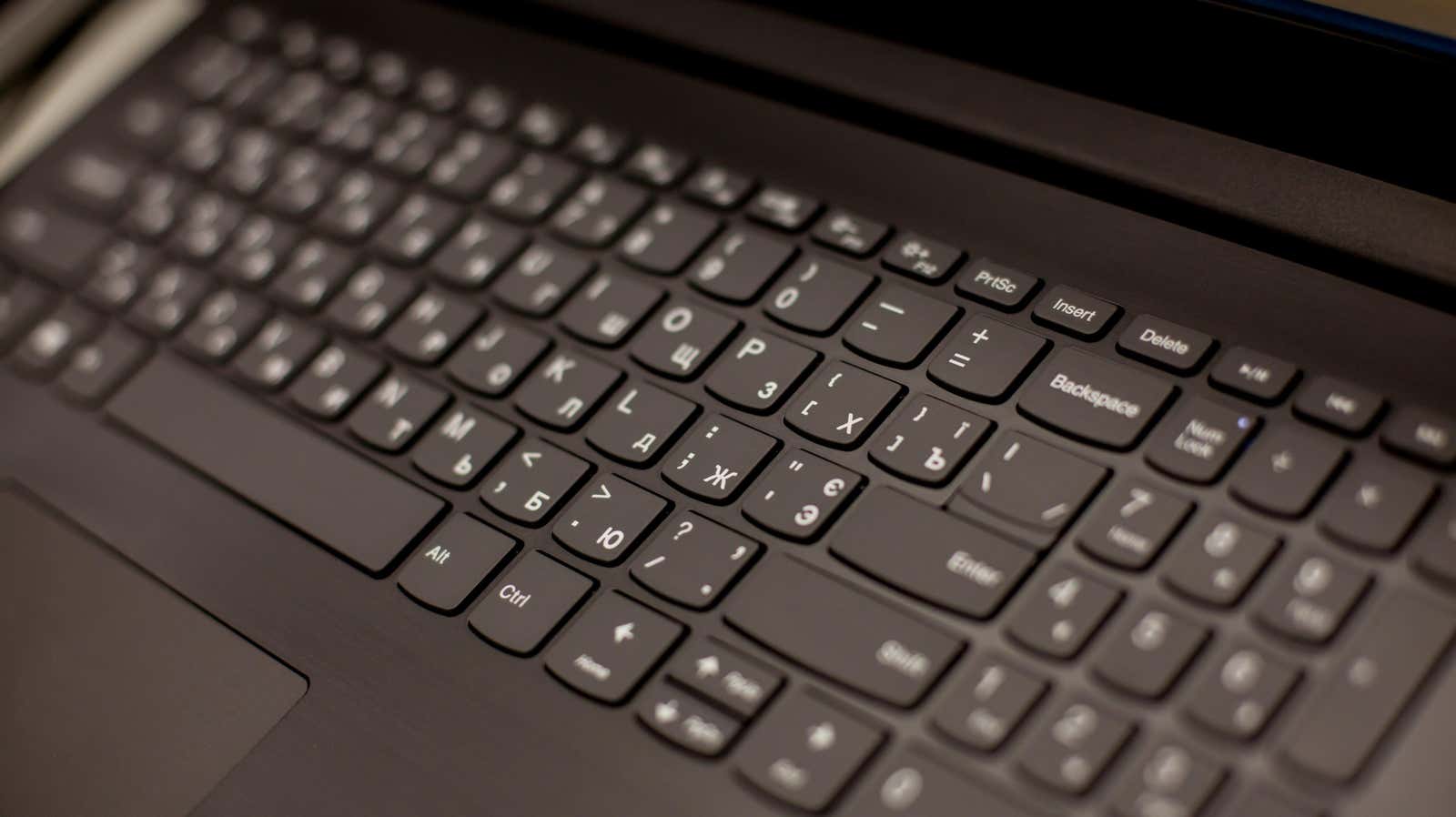How to Access Hidden Special Characters on the Keyboard

There are times when you need to type in a character that doesn’t appear on the keyboard, whether it’s an accented letter, a degree symbol, or a currency symbol. Special characters are common in many languages, but they are less common in English. So much so that by default there’s no obvious way to type them in Windows or Mac without switching to a completely new keyboard layout, but that’s not always necessary if you just need to type a special character here or there.
How to enter hidden special characters in Windows 10 and 11
Windows 10 and 11 come with a universal emoji and GIF picker , but there’s also a section where you can enter any special character. Windows 11 supports characters from various languages such as Latin, Greek, and Spanish.
Getting there is easy: use the keyboard shortcut Windows + period ( . ). Then go to the ” Symbols ” section (it’s the fifth section from the top). Here you will see a long list of supported characters.
The characters are divided into several categories and you can scroll through them at the top. You’ll find what you’re looking for in the ” Latin characters ” and ” Language characters ” categories. Once you find something, just click on the symbol to enter it into the text box.
In addition, you can use Alt key combinations to quickly type keyboard shortcuts without using any tools – hold the Alt key and type a sequence of numbers. As soon as you release the Alt key, the numbers will be converted to the corresponding character. For example, you can type ” 0201 ” while holding down the Alt key to type “É”. FreeCodeCamp has compiled a list of all keyboard shortcuts for special characters. Just search their database to find the keyboard shortcut.
How to Enter Special Characters and Symbols on Mac
When it comes to entering special characters on a Mac, you are spoiled for choice. Let’s talk about the easiest way first. If you just want to type a letter with an accent, just hold down the letter on your keyboard and you’ll see all the options in the box above.
But this only works with accented letters. What if you want to enter a currency symbol? Your best bet is to use keyboard modifiers like Option and Shift . For example, Option + Y will give you the yen symbol (¥).
But how do you know what is associated with which key? To do this, use the visual keyboard viewer to speed things up: go to ” System Preferences ” > ” Keyboard “. On the Input Sources tab, enable Show Input Menu. A new input icon will appear in the menu bar (top left of the screen). Click the menu bar icon and select Show Keyboard Viewer. ”
You will see the software keyboard on the screen. When you press and hold the Option key, you will see special characters associated with each letter on the keyboard. The same goes for the Shift key and the Option + Shift combination.
You will also notice that some of the keys have an orange outline. They are called Dead Keys and come from the era of typewriters. The best way to explain this is to use the E key or the accent key: let’s say you press Option + E , you will only see the top accent, but it will be highlighted in yellow. The next key you press will automatically have an embedded accent.
If this method is too confusing for you, you can use the emoji picker to make things easier. Use the keyboard shortcut Control + Command + Space to bring up the emoji picker. On a newer Mac, just press the Globe or Fn key . This includes all emoticons, characters and symbols.
Once you open the emoji picker, you can find the symbol at the top. To view a list of all options, click the More button in the top right corner to expand into the full Symbol Viewer app. Use the sidebar to navigate to different categories such as Lantin, Punctuation, etc. Scroll through the list, select a symbol, and it will be added to your text file.